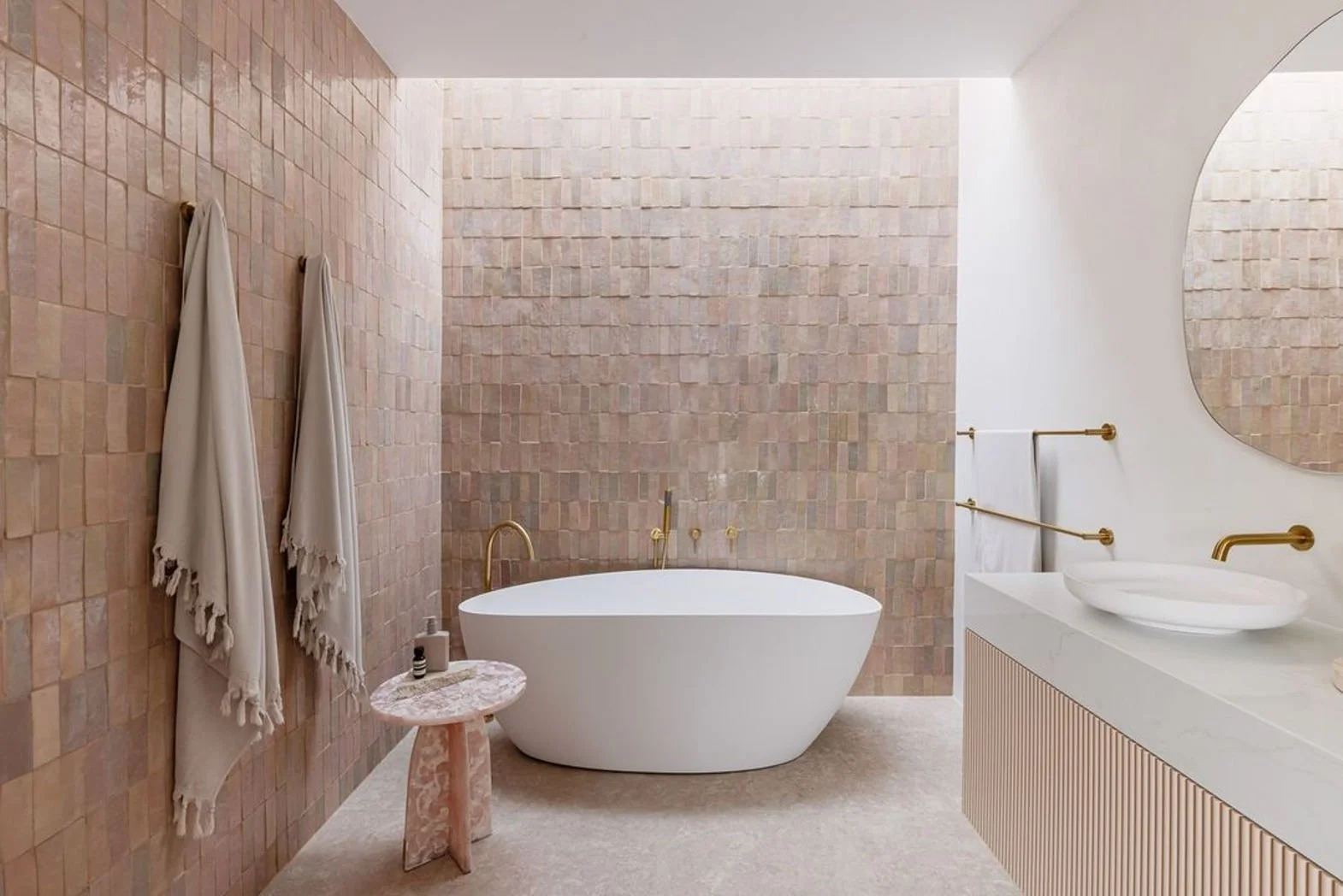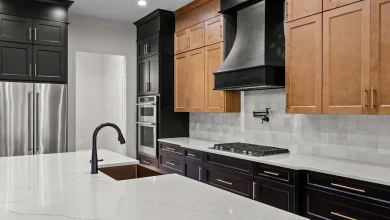
What Types of Bathtubs Are Best for Your Bathroom Layout?
A bathtub is more than a functional fixture—it’s a key design element that influences the layout, comfort, and overall aesthetic of your bathroom. Choosing the right type of bathtub involves more than just selecting a shape you like. It requires an understanding of your available space, plumbing setup, and how the tub will interact with other elements in the room.
Here’s a practical breakdown of the most popular bathtub types and how to determine which one is best for your unique bathroom layout.
1. Freestanding Bathtubs
Best for: Large or medium-sized bathrooms with open layouts.
Freestanding tubs are designed to stand alone, away from walls or built-ins. They make a bold style statement and are available in various shapes such as oval, rectangular, and slipper designs.
Pros:
- Visually striking
- Flexible placement options
- Available in both modern and traditional styles
Cons:
- Require more space
- Plumbing may need floor-mount or freestanding fixtures
- Less storage unless paired with nearby shelving
2. Alcove Bathtubs
Best for: Smaller bathrooms or standard layouts.
Alcove tubs are installed between three walls and are among the most common types found in homes. They’re space-efficient and often include a showerhead, making them ideal for multi-use bathrooms.
Pros:
- Efficient use of space
- Easy to install and maintain
- Often includes a built-in shower
Cons:
- Less design flexibility
- Not ideal for soaking or luxury aesthetics
3. Drop-In Bathtubs
Best for: Bathrooms with custom platforms or built-in surrounds.
Drop-in tubs are installed within a constructed deck or platform, offering a sleek, integrated look. The tub “drops” into the frame, with the outer surface concealed.
Pros:
- Clean, custom aesthetic
- Offers added ledge space for toiletries
- Easier to clean around the tub
Cons:
- Requires more complex installation
- Needs significant floor space for the surround
4. Corner Bathtubs
Best for: Square-shaped or irregular bathroom layouts.
Corner tubs are triangular and fit snugly into a corner, maximizing floor space and offering a large bathing area. They’re often used in master bathrooms or where space needs to be used efficiently.
Pros:
- Space-saving in unconventional layouts
- Can accommodate two bathers
- Adds architectural interest
Cons:
- Can limit storage or vanity placement
- May be harder to access plumbing for maintenance
5. Walk-In Bathtubs
Best for: Bathrooms prioritizing accessibility and safety.
Walk-in tubs feature a watertight door for easy entry and exit. They’re ideal for elderly users or individuals with mobility challenges.
Pros:
- Safe and accessible
- Built-in seating
- Easy to enter and exit
Cons:
- Longer fill and drain times
- Typically smaller bathing space
- Requires a watertight seal and good ventilation
6. Undermount Bathtubs
Best for: High-end, custom bathroom designs.
Similar to drop-in tubs, undermount tubs are installed below the surrounding deck, creating a seamless look with the countertop or surrounding tile.
Pros:
- Sleek, flush integration
- Luxurious appearance
- Easy to clean
Cons:
- Costly to install
- Requires precise measurement and tile work
Around the midpoint of your selection process, exploring collections like Vasca bathtubs can offer inspiration. These designs range from compact models for urban spaces to grand soaking tubs for master bathrooms, balancing layout flexibility with visual appeal.
Conclusion
Choosing the right bathtub depends heavily on your bathroom’s size, layout, and how you plan to use the space. From compact alcove tubs to dramatic freestanding models, each type has its strengths. By understanding your layout and exploring versatile options, you can select a bathtub that fits your functional needs and enhances the overall look of your bathroom.




